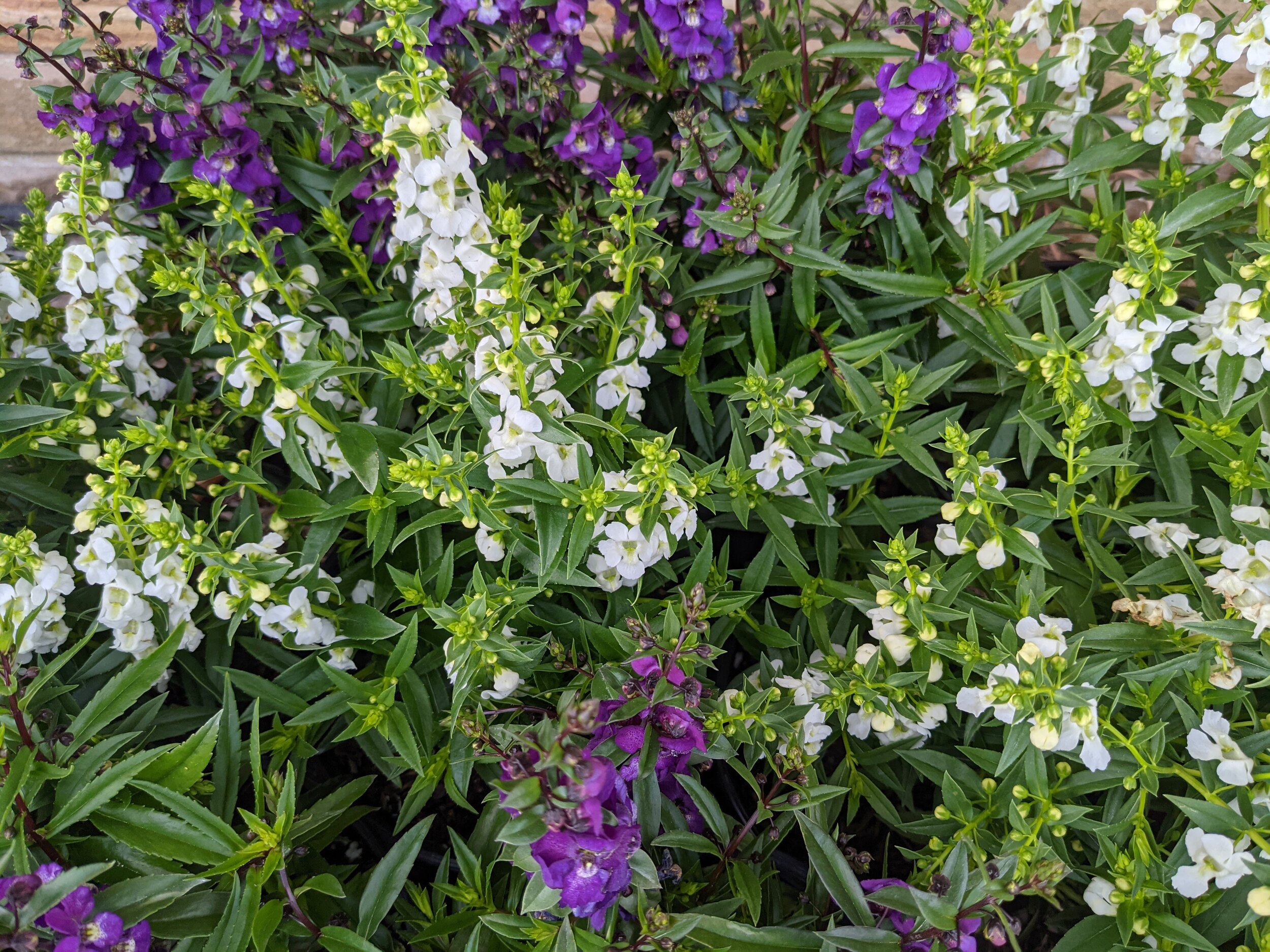Plants are autrophs—”self-feeders” because they convert certain inorganic elements such as carbon, oxygen, sulfur, etc. to organic forms for its own consumption. Leaves and some stems contain Chlorophyll…
Read MoreAngelonia angustifolia. Photo Credits: Building Center No.3
Get to Know Your Florida Plant - Angelonia angustifolia [04]
If you want a touch of color and a low maintenance plant in your garden, the Angelonia angustifolia is ideal. This plant will bloom all year round, attracting butterflies and different pollinators to the garden.
Read MoreGet To Know Your Florida Plant - Pigeon Plum [03]
Pigeon Plum - This native Florida tree is medium sized but can also grown as a sturdy multi-stemmed shrub with low branches (good for privacy hedges). In nurseries the plant can be trained to have a single straight stem (which is our preference). The tree attracts birds on the account of its small pear shaped, dark red/purple fruit (ripening in late fall and early winter); Coccoloba means “lobed berry” in Latin.
The plant is dioecious with flowers varying in gender from one individual to the next. Flowering peaks in spring and summer. An interesting characteristic of the species is its flaky, peeling bark; revealing blotchy shades of color (similar to Gumbo Limbo and Simson Stopper).
We like the tree because it is native, salt and drought tolerant. The leaves are broad full creating dense foliage and good canopy characteristics. When the trees are planted lining a street or edge condition the color variation in the flaking bark creates an interesting textural dimension to the scene.
Get to know your Florida plants (03)
South Florida slash pine is one of the most well known natives in the area. This tree represents the South Florida Pine Rockland landscape, a very endangered natural eco-system, and because of its shape this tree provides an extraordinary spatial relationship with the sky. Generally tall airy with tufts of pines needles mostly at the top of the canopy--this absent of density allows other surrounding plants to receive sunlight and coexist. If you would like to know more about this tree follow the link below to download the full description.
Get to know your Florida plants (01)
Color and a low maintenance plant in the garden is always desirable, the Angelonia angustifolia is an ideal addition. This plant will bloom all year round, attracting butterflies and different pollinators to the garden. If you would like to know more about this plant follow the link below to download the full description.
Introduction: Get to know your Florida plants series
Frequency: Every 4-6 weeks
BC3 is interested in preserving and improving the quality of our environment, and understands the importance of South Florida Landscapes. Native plants are not only beautiful, but low maintenance and easy to grow.
Why Native?
Preserving our ecology is not only a matter of preserving nature, it is a matter of preserving our future, of being aware of our surroundings and understanding that every action has consequences. South Florida has one of the most unique ecosystems, yet it is the most endangered of North America. It is estimated that no more than two percent of the original ecosystem is truly intact.
Ok, what can I do?
Plant friendly! Selecting the right planting material could enhance our overall environment. You will be contributing to the improvement of our region with the simple act of planting a native.




